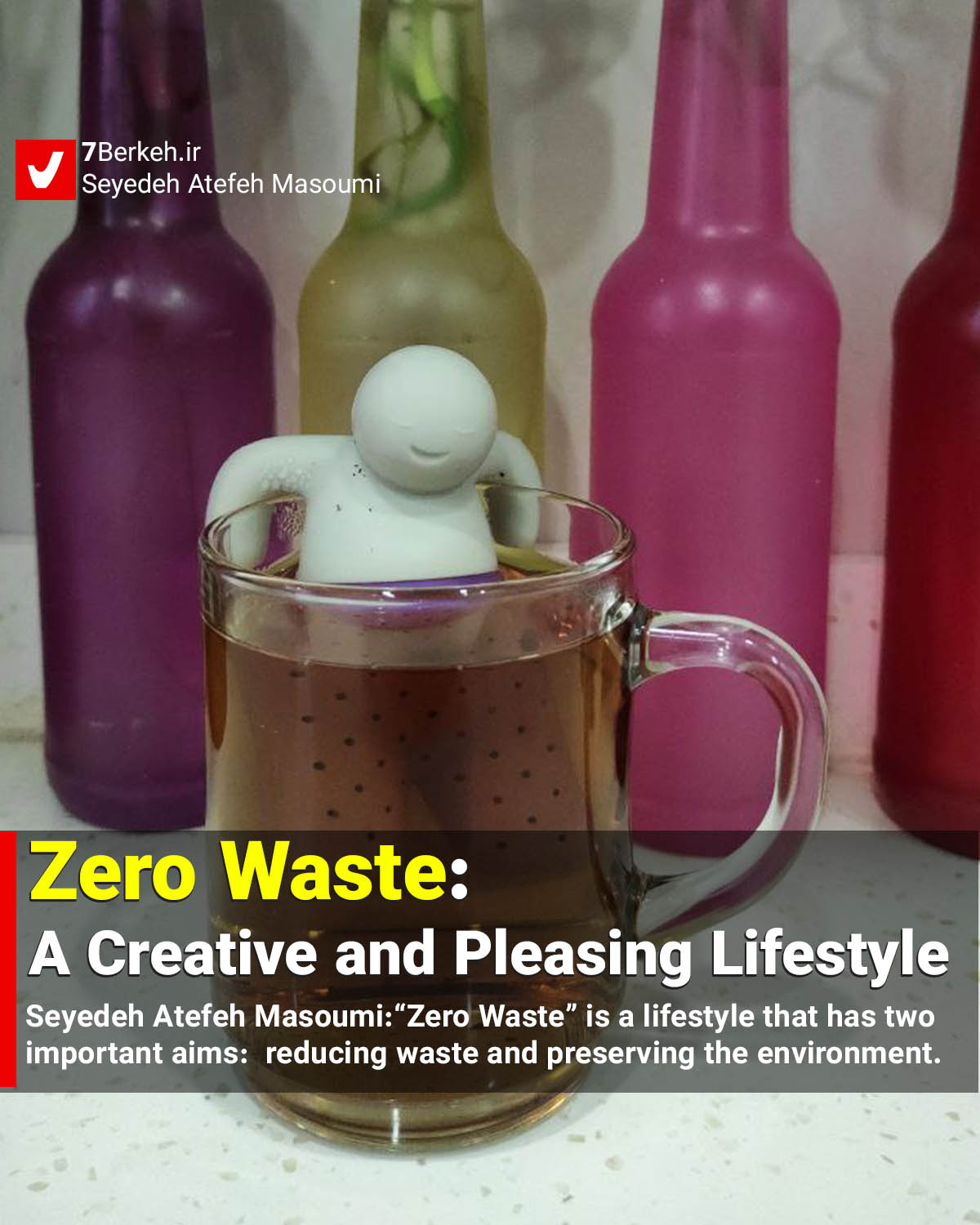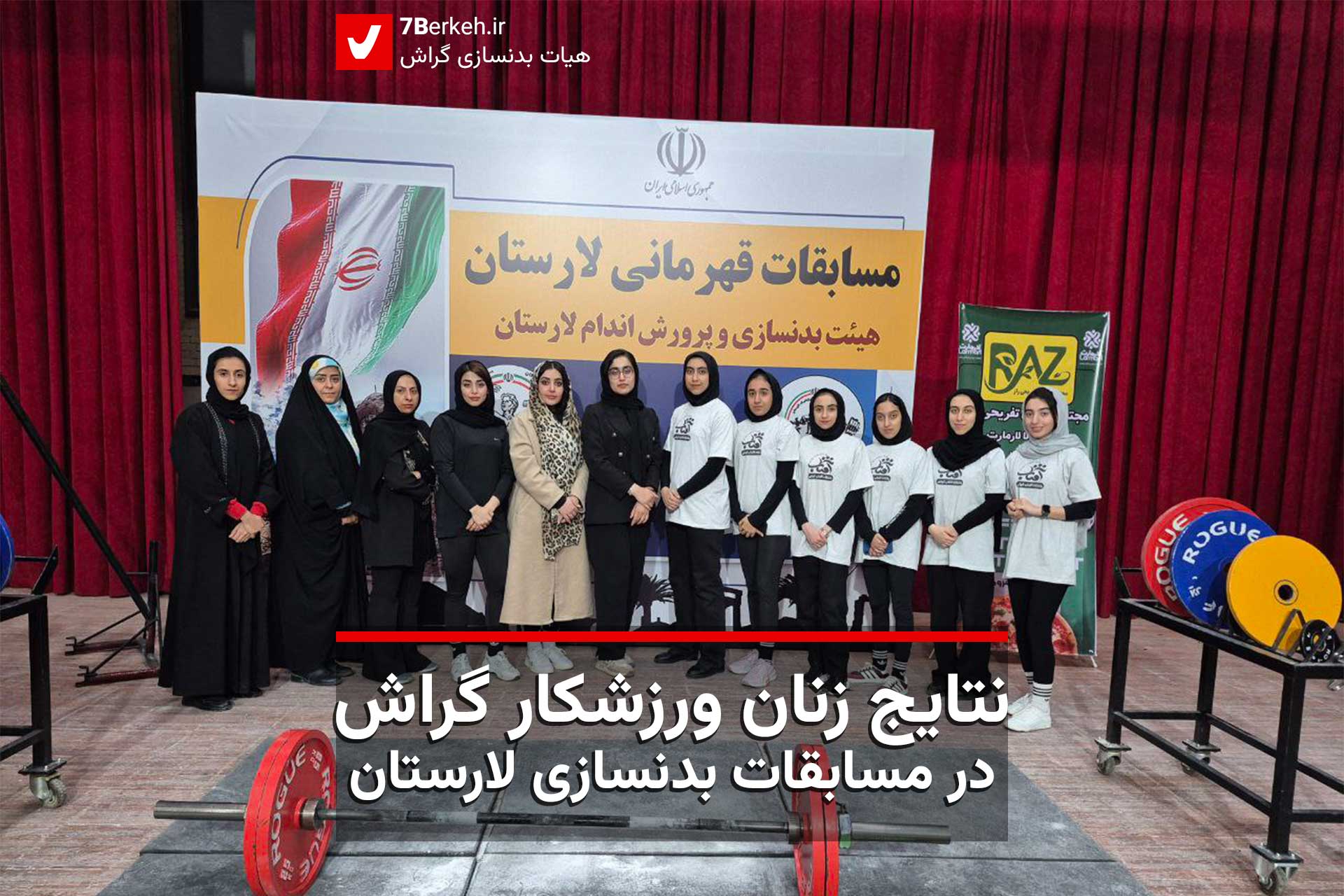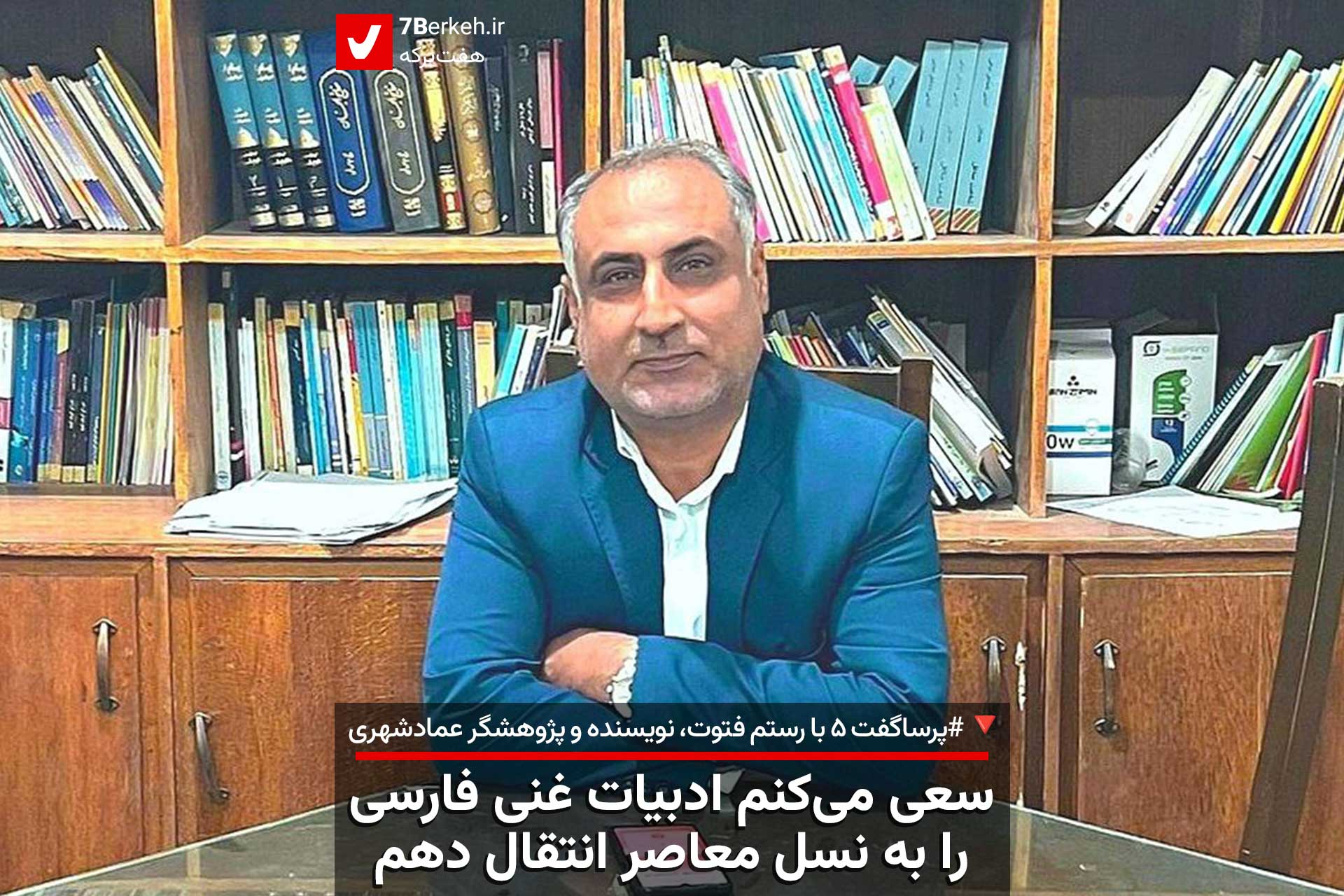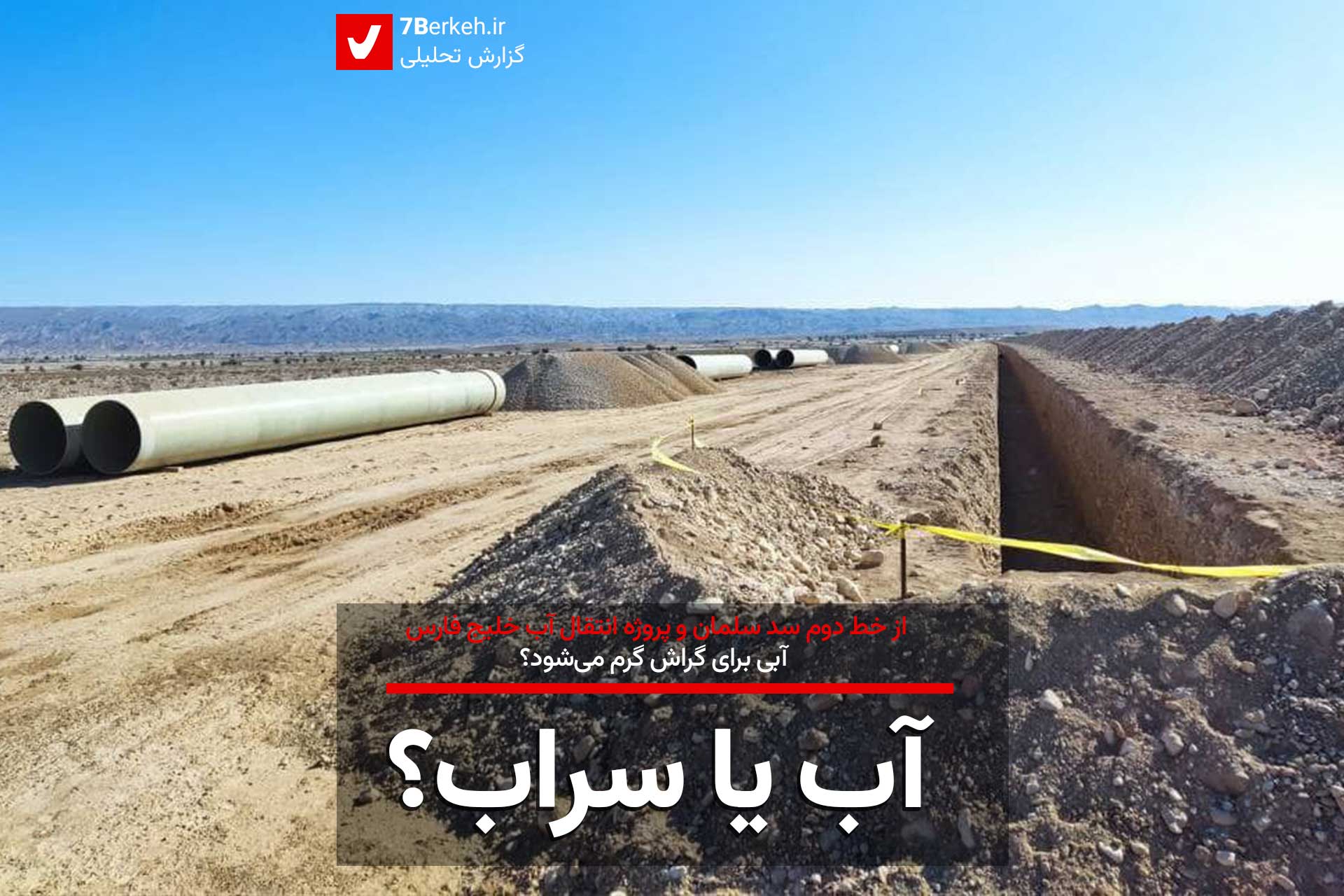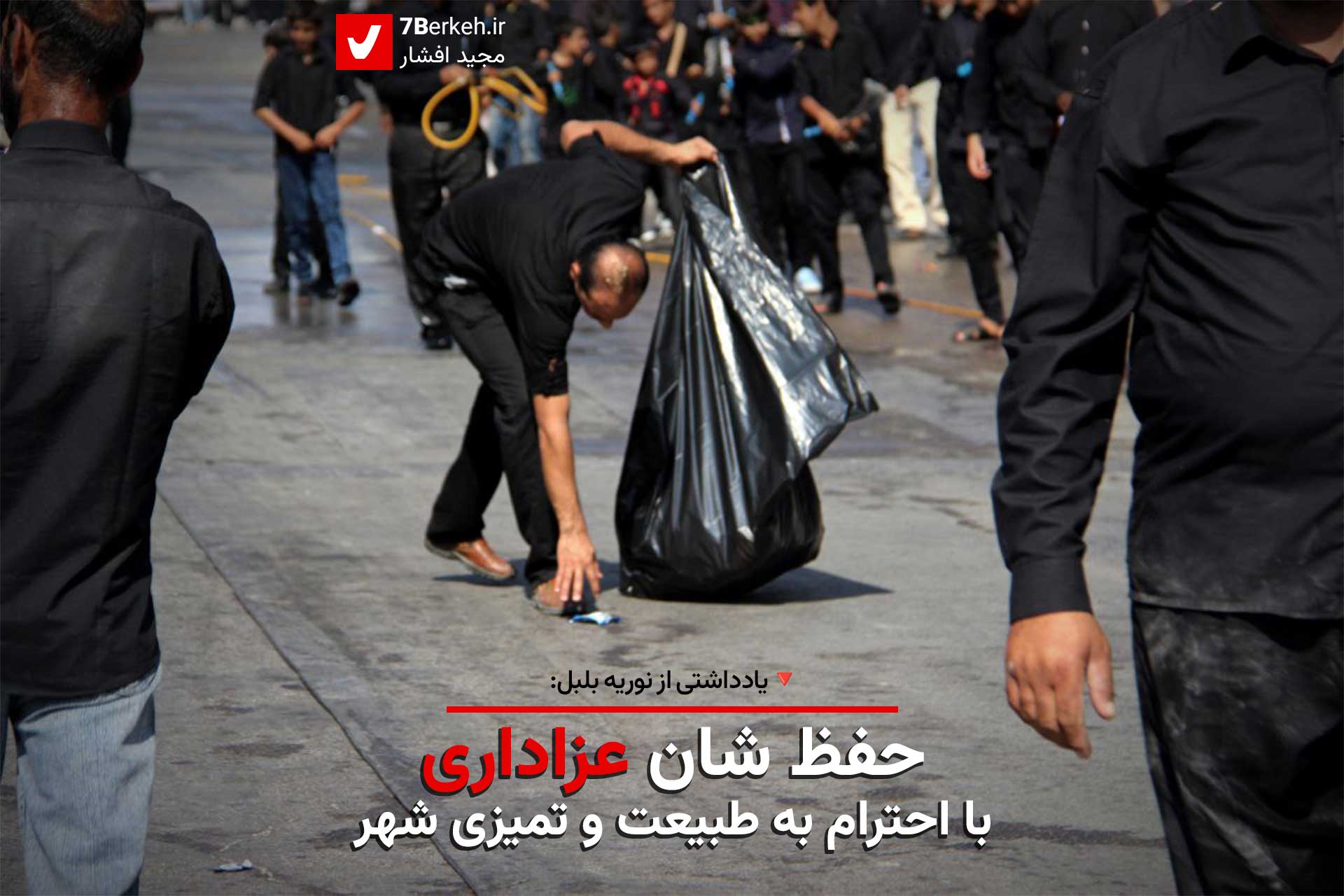7Berkeh – S. Atefeh Masoumi (Translated by Raheleh Bahador): Have you ever thought where exactly the garbage you “throw out” go? Have you ever seen landfills or recycling centers nearby or even in documentary programs or videos on the internet?
Landfills of garbage and rivers flowing from leachates are the most bitter things to see. Garbage that we throw away is around us, close to another person or a living being, and even if it is apparently far away from us, its effect will eventually return to us, sometimes in the water and the food we eat. Sometimes in the air we breathe, and other times in the form of new diseases that are increasing day by day.
But how?! By leachates. The leachates produced by our garbage pollute the water and soil. Plastics we use nonstop and thoughtlessly will never demolish and will turn into tiny particles and spread in the air finally, but after thousands of years! These are just some of the harmful achievements of humans in the last few centuries, and they are increasing at an incredible speed. We have become so engrossed in consumerism that we have forgotten our other needs.
What does “Zero Waste” mean?
“Zero Waste” is a lifestyle that, along with its countless benefits, has two important aims: reducing waste and preserving the environment.
A living person’s waste production will never be zero. What Zero Waste advocates is reducing waste, which will be carried out differently according to people’s lives and job conditions. The purpose is to walk a step ahead toward reducing waste. Zero Waste is a path, not a destination; a pleasing path in which the more you proceed, the more energetic you become. The satisfactory feeling of doing it will appear in your personality and other aspects of life.
At first glance, it seems difficult to stop or change our usual habits, but when we do proceed step by step, we will see after a while that it is easier than what we thought.
Dominant Principle: Produce Less Garbage
There is a principle that is dominant in all aspects of Zero Waste lifestyle: an object or product should enter the waste cycle as late as possible. This can be achieved in different ways: by changing its usage, lending it or even reusing it. By and large, every creative idea that keeps the object in the use-cycle will lead to the reduction of waste.
